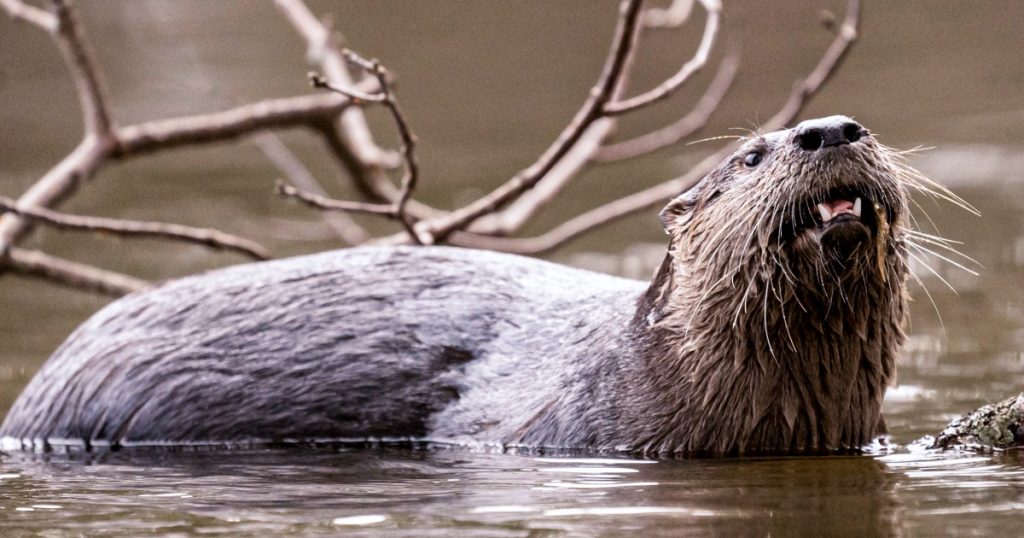A rare and terrifying incident occurred at a marina in Bremerton, Washington, when a river otter attacked a child, pulling him underwater and biting him before being rescued by his mother. The child sustained scratches and bites to his head, face, and legs, and was treated at a local hospital. The mother recounted how the otter pulled her son into the water and dragged him underneath before resurfacing, with the otter continuing to attack as she lifted him out of the water. The child’s injuries were described as minor thanks to the quick actions of the mother and the child’s resilience.
The otter involved in the attack was captured and taken to the Washington Animal Disease Diagnostic Lab for evaluation and testing for rabies. The U.S. Department of Agriculture Wildlife Services was called in to “trap and lethally remove” river otters from the marina, as encounters with these animals, while rare, can be potentially dangerous due to their territorial nature and unpredictability. The Washington Department of Fish and Wildlife noted that river otters are relatively common in the state, inhabiting various kinds of water habitats, including fresh, brackish, and saltwater. The agency also reported six other human-river otter incidents documented in Washington over the past decade, underscoring the need for caution around these animals.
This incident in Washington is not the only one of its kind, as other attacks by river otters have been reported in different states in recent years. In Florida, a rabid otter bit a man and a dog in Jupiter, while in Montana, three women were injured by an otter as they floated on inner tubes on a river. One of the women suffered severe bites on her face and arms, requiring helicopter transport to the hospital. In California, a man swimming at Serene Lakes was bitten at least 12 times by otters, prompting him to fear for his life and necessitating rescue by his wife on a paddleboat. These accounts serve as a reminder of the potential danger posed by wildlife encounters and the importance of vigilance and caution in such situations.
The response to the Bremerton otter attack highlights the need for proactive measures to prevent similar incidents in the future. The actions taken to capture and evaluate the otter, as well as efforts to remove potentially dangerous animals from the area, demonstrate a commitment to safeguarding public safety. While encounters with river otters may be uncommon, their territorial behavior and unpredictable nature underscore the importance of understanding and respecting wildlife habitats. By educating the public on how to coexist with wildlife responsibly and implementing strategies for handling these situations effectively, authorities can help prevent conflicts and minimize risks to both humans and animals.
As investigations into the Bremerton attack continue, authorities emphasize the importance of remaining cautious and aware of potential risks when in natural environments. Encounters with wildlife, while often rare and unexpected, can have serious consequences, as seen in the recent otter attacks across various states. By staying informed about local wildlife populations, following safety guidelines, and reporting any unusual behavior, individuals can help mitigate the likelihood of such incidents occurring. Ultimately, the goal is to foster a balance between human activities and natural ecosystems, ensuring the well-being of both people and wildlife in shared spaces.


